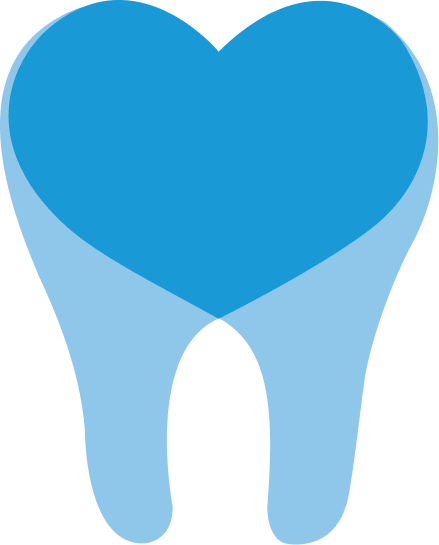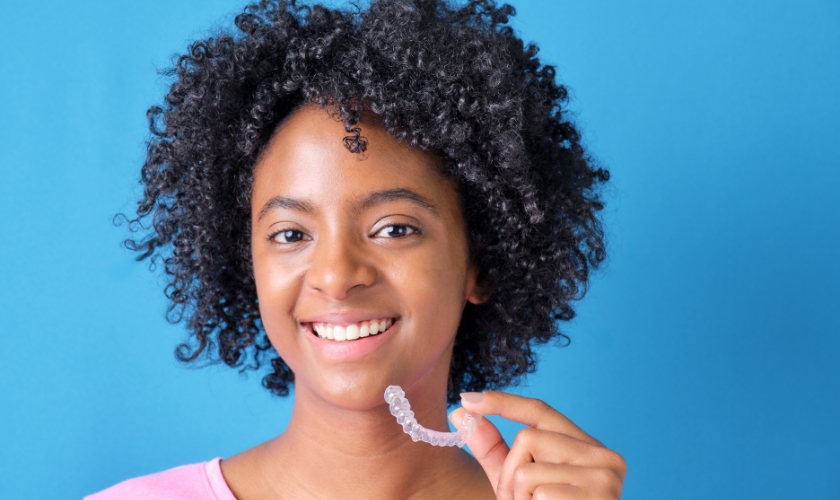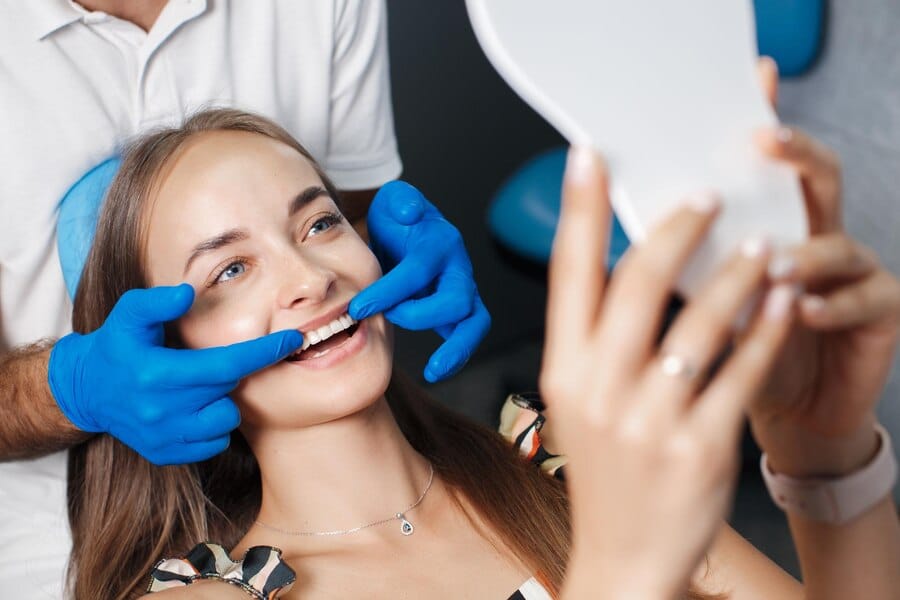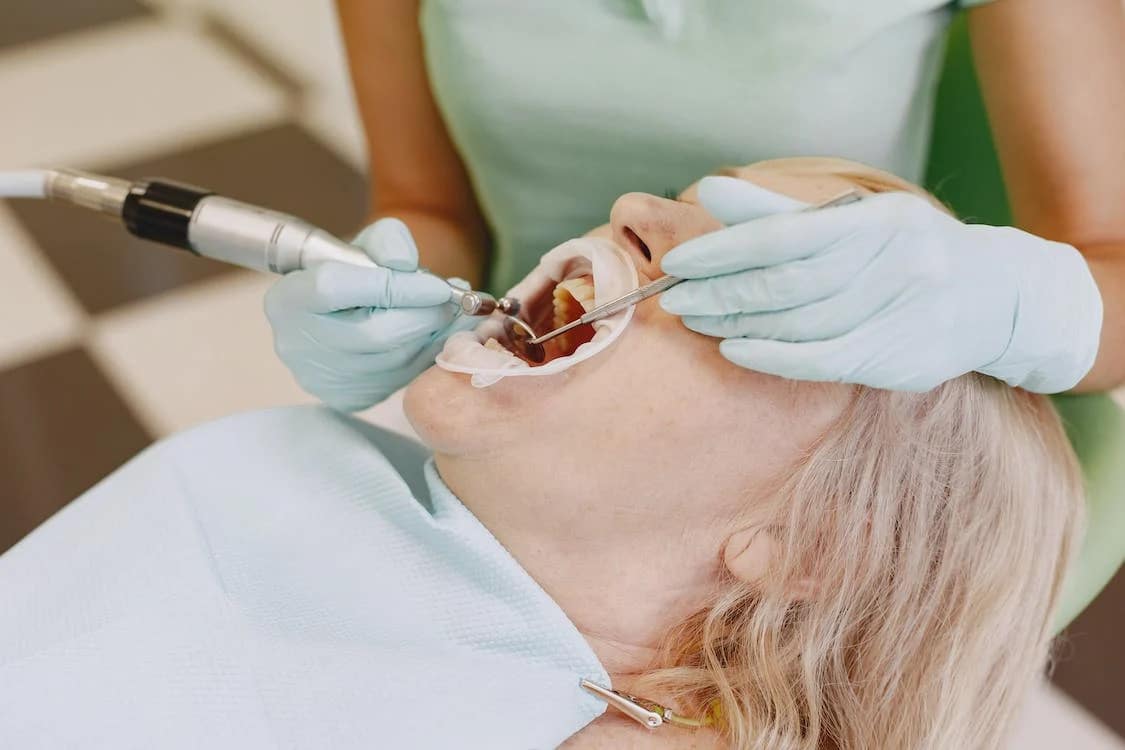Call: (630) 620-0929
Straightening Your Smile and Fixing Your Bite: How Invisalign Can Help with Overbites


Ever dreamed of a picture-perfect smile but worried about the hassle of traditional braces? If you have an overbite, you’re not alone. This common misalignment, where your upper front teeth overlap the lower ones excessively, can affect both your smile’s aesthetics and your oral health. Invisalign offers a discreet and comfortable solution for correcting overbites, letting you achieve a straighter smile and a healthier bite.
Understanding Overbites: Causes and Concerns
An overbite can develop due to several factors, including genetics, childhood habits like thumb sucking, or jaw growth issues. While some overbites might be purely cosmetic concerns, others can lead to problems like:
- Difficulty chewing or biting
- Speech impediments
- Excessive wear and tear on teeth
- Jaw pain or discomfort
If you’re considering correcting your overbite, a consultation with a cosmetic dentist is a great first step. They can assess the severity of your case and determine if Invisalign is the right treatment for you.
How Does Invisalign Work for Overbites?
Invisalign uses a series of clear, custom-made plastic aligners to gradually shift your teeth into the desired position. Unlike traditional braces that apply constant pressure, Invisalign aligners work in stages. Each aligner is slightly different from the last, applying gentle, targeted pressure to move your teeth a little bit at a time.
Here’s how Invisalign tackles overbites:
- Tooth Movement: The aligners are designed to move both your upper and lower teeth. In some cases, the upper front teeth might be pushed back slightly, while the lower teeth are nudged forward. This creates a more balanced bite and reduces the overbite.
- Attachments and Elastics: Sometimes, additional tools are needed to achieve optimal results. Tiny tooth-colored attachments might be bonded to specific teeth, providing a better grip for the aligners. In some cases, elastics worn with the aligners can add targeted pressure to further refine the movement of your teeth.
Invisalign vs. Traditional Braces: Weighing Your Options
While both Invisalign and traditional braces can correct overbites, there are key differences to consider:
- Discreetness: Invisalign aligners are nearly invisible, making them a popular choice for adults who want a less noticeable treatment.
- Comfort: The smooth plastic aligners are generally more comfortable to wear than metal brackets and wires.
- Removable: Unlike braces, Invisalign aligners can be removed for eating, brushing, and flossing, promoting better oral hygiene.
- Treatment Time: Treatment time with Invisalign can vary depending on the severity of your overbite, but it generally falls within the same range as traditional braces (12-24 months).
Considering Invisalign for Your Overbite? Here’s What to Do Next
If you’re interested in exploring Invisalign as an option for correcting your overbite, schedule a consultation with a cosmetic dentist experienced in Invisalign treatment. During the consultation, the dentist will:
- Examine your teeth and jaw
- Discuss your goals and concerns
- Develop a personalized treatment plan
- Provide an estimate of treatment time and cost
Remember, a healthy smile is a beautiful smile. By addressing your overbite, you can not only improve your smile’s appearance but also enhance your oral health and overall well-being. So, don’t hesitate to explore Invisalign as a potential solution. A cosmetic dentist can help you determine if it’s the right fit for your unique needs and goals.





